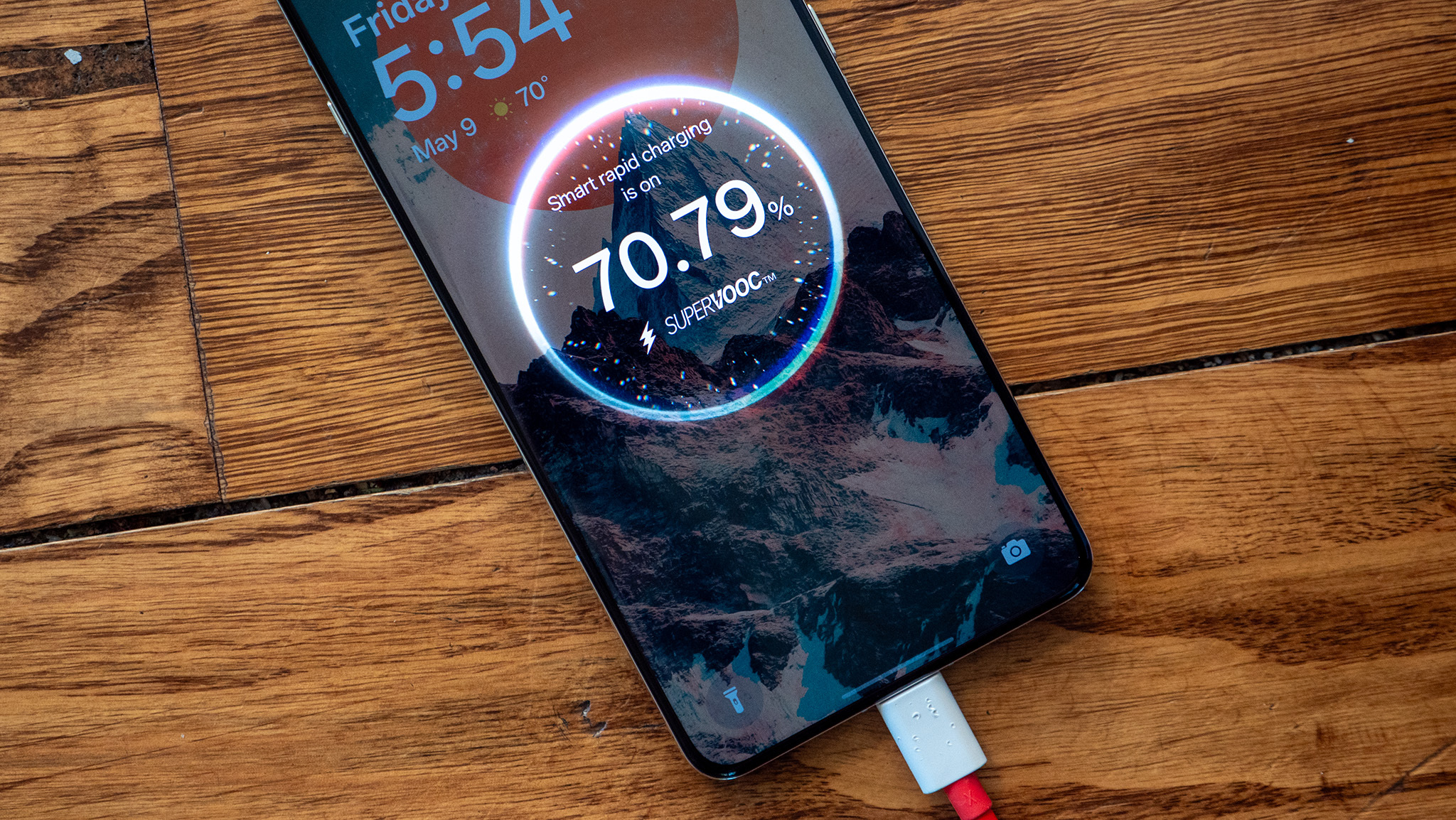How to Use SQL Database in Android for Food Data?
In your Android project, managing a database efficiently is crucial, especially when dealing with a significant amount of data such as a food database containing about 20,000 entries. Let's dive into how to set up your DatabaseFood.sql file, where to place it in your project, and how to access its data effectively. Understanding DatabaseFood.sql File Placement Where to Place the SQL File? In an Android project, you can place your DatabaseFood.sql file in either the res/raw folder or the res/assets folder. The choice between these two often depends on how you want to access the file: res/raw: Use this if you want to directly read the file as a stream. This option is useful if you plan to copy the database from this end to your SQLite database at runtime. res/assets: This is another option where you can load the file's content as an InputStream. It gives slightly more flexibility for file handling. For your use case with a considerably large dataset, putting the SQL file in res/raw might be more straightforward for database operations. Setting Up the SQL Database To integrate your DatabaseFood.sql into your Android project, you first need to ensure that it’s added to the res/raw directory. Follow these steps to set it up: Create the raw folder in the res directory if it does not exist. Place DatabaseFood.sql inside the res/raw folder. Creating the DatabaseHelper Class Next, you'll need to create a DatabaseHelper.java class to manage your SQLiteDatabase operations. Here’s a sample code to help you get started: import android.content.Context; import android.database.sqlite.SQLiteDatabase; import android.database.sqlite.SQLiteOpenHelper; import android.util.Log; public class DatabaseHelper extends SQLiteOpenHelper { private static final String DATABASE_NAME = "food_database.db"; private static final int DATABASE_VERSION = 1; public DatabaseHelper(Context context) { super(context, DATABASE_NAME, null, DATABASE_VERSION); } @Override public void onCreate(SQLiteDatabase db) { // Load the SQL file and execute commands to create tables and insert data try { // Assuming you have a method to read the SQL file and execute it String sql = readSQLFile(); db.execSQL(sql); } catch (Exception e) { Log.e("Database Error", e.getMessage()); } } @Override public void onUpgrade(SQLiteDatabase db, int oldVersion, int newVersion) { db.execSQL("DROP TABLE IF EXISTS DBfood"); onCreate(db); } // Method to read the SQL file (from res/raw) private String readSQLFile() { // Implement file reading logic here, returning the SQL commands as a string } } Executing SQL Commands You must implement the readSQLFile method to read the SQL commands from DatabaseFood.sql and execute them. Here’s a basic example for reading the SQL file: private String readSQLFile() { StringBuilder sb = new StringBuilder(); try (InputStream inputStream = context.getResources().openRawResource(R.raw.DatabaseFood); BufferedReader reader = new BufferedReader(new InputStreamReader(inputStream))) { String line; while ((line = reader.readLine()) != null) { sb.append(line).append(" "); } } catch (IOException e) { Log.e("File Read Error", e.getMessage()); } return sb.toString(); } Querying the Database Once your database is set up and populated with data, you can query it for specific food entries. For example, if you wish to retrieve the calories of an apple or the proteins of an orange: public Cursor getFoodData(String foodName) { SQLiteDatabase db = this.getReadableDatabase(); return db.rawQuery("SELECT * FROM DBfood WHERE Food = ?", new String[]{foodName}); } Performing Arithmetic Operations You can perform arithmetic operations directly in your SQL queries. For example, to compute the total calories from all entries and return the average: public float getAverageCalories() { SQLiteDatabase db = this.getReadableDatabase(); Cursor cursor = db.rawQuery("SELECT AVG(Calories) as AverageCalories FROM DBfood", null); if (cursor != null && cursor.moveToFirst()) { return cursor.getFloat(cursor.getColumnIndex("AverageCalories")); } return 0; } Frequently Asked Questions (FAQ) 1. How do I retrieve all food items? You can execute a simple query like SELECT * FROM DBfood to retrieve all entries. 2. How do I delete a food entry? Use a DELETE SQL command in your DatabaseHelper class to delete an entry by its ID or name. 3. Can I update an entry's nutrients? Absolutely! You can use the UPDATE SQL command combined with an identifier to modify existing records. By following these instructions, you can effectively set up and manage a food database within your Android application, enabling complex queries and operations as needed.

In your Android project, managing a database efficiently is crucial, especially when dealing with a significant amount of data such as a food database containing about 20,000 entries. Let's dive into how to set up your DatabaseFood.sql file, where to place it in your project, and how to access its data effectively.
Understanding DatabaseFood.sql File Placement
Where to Place the SQL File?
In an Android project, you can place your DatabaseFood.sql file in either the res/raw folder or the res/assets folder. The choice between these two often depends on how you want to access the file:
- res/raw: Use this if you want to directly read the file as a stream. This option is useful if you plan to copy the database from this end to your SQLite database at runtime.
- res/assets: This is another option where you can load the file's content as an InputStream. It gives slightly more flexibility for file handling.
For your use case with a considerably large dataset, putting the SQL file in res/raw might be more straightforward for database operations.
Setting Up the SQL Database
To integrate your DatabaseFood.sql into your Android project, you first need to ensure that it’s added to the res/raw directory. Follow these steps to set it up:
- Create the
rawfolder in theresdirectory if it does not exist. - Place
DatabaseFood.sqlinside theres/rawfolder.
Creating the DatabaseHelper Class
Next, you'll need to create a DatabaseHelper.java class to manage your SQLiteDatabase operations. Here’s a sample code to help you get started:
import android.content.Context;
import android.database.sqlite.SQLiteDatabase;
import android.database.sqlite.SQLiteOpenHelper;
import android.util.Log;
public class DatabaseHelper extends SQLiteOpenHelper {
private static final String DATABASE_NAME = "food_database.db";
private static final int DATABASE_VERSION = 1;
public DatabaseHelper(Context context) {
super(context, DATABASE_NAME, null, DATABASE_VERSION);
}
@Override
public void onCreate(SQLiteDatabase db) {
// Load the SQL file and execute commands to create tables and insert data
try {
// Assuming you have a method to read the SQL file and execute it
String sql = readSQLFile();
db.execSQL(sql);
} catch (Exception e) {
Log.e("Database Error", e.getMessage());
}
}
@Override
public void onUpgrade(SQLiteDatabase db, int oldVersion, int newVersion) {
db.execSQL("DROP TABLE IF EXISTS DBfood");
onCreate(db);
}
// Method to read the SQL file (from res/raw)
private String readSQLFile() {
// Implement file reading logic here, returning the SQL commands as a string
}
}
Executing SQL Commands
You must implement the readSQLFile method to read the SQL commands from DatabaseFood.sql and execute them. Here’s a basic example for reading the SQL file:
private String readSQLFile() {
StringBuilder sb = new StringBuilder();
try (InputStream inputStream = context.getResources().openRawResource(R.raw.DatabaseFood);
BufferedReader reader = new BufferedReader(new InputStreamReader(inputStream))) {
String line;
while ((line = reader.readLine()) != null) {
sb.append(line).append(" ");
}
} catch (IOException e) {
Log.e("File Read Error", e.getMessage());
}
return sb.toString();
}
Querying the Database
Once your database is set up and populated with data, you can query it for specific food entries. For example, if you wish to retrieve the calories of an apple or the proteins of an orange:
public Cursor getFoodData(String foodName) {
SQLiteDatabase db = this.getReadableDatabase();
return db.rawQuery("SELECT * FROM DBfood WHERE Food = ?", new String[]{foodName});
}
Performing Arithmetic Operations
You can perform arithmetic operations directly in your SQL queries. For example, to compute the total calories from all entries and return the average:
public float getAverageCalories() {
SQLiteDatabase db = this.getReadableDatabase();
Cursor cursor = db.rawQuery("SELECT AVG(Calories) as AverageCalories FROM DBfood", null);
if (cursor != null && cursor.moveToFirst()) {
return cursor.getFloat(cursor.getColumnIndex("AverageCalories"));
}
return 0;
}
Frequently Asked Questions (FAQ)
1. How do I retrieve all food items?
You can execute a simple query like SELECT * FROM DBfood to retrieve all entries.
2. How do I delete a food entry?
Use a DELETE SQL command in your DatabaseHelper class to delete an entry by its ID or name.
3. Can I update an entry's nutrients?
Absolutely! You can use the UPDATE SQL command combined with an identifier to modify existing records.
By following these instructions, you can effectively set up and manage a food database within your Android application, enabling complex queries and operations as needed.











































































































































































![[The AI Show Episode 146]: Rise of “AI-First” Companies, AI Job Disruption, GPT-4o Update Gets Rolled Back, How Big Consulting Firms Use AI, and Meta AI App](https://www.marketingaiinstitute.com/hubfs/ep%20146%20cover.png)



























































































































![[FREE EBOOKS] Offensive Security Using Python, Learn Computer Forensics — 2nd edition & Four More Best Selling Titles](https://www.javacodegeeks.com/wp-content/uploads/2012/12/jcg-logo.jpg)



![Ditching a Microsoft Job to Enter Startup Purgatory with Lonewolf Engineer Sam Crombie [Podcast #171]](https://cdn.hashnode.com/res/hashnode/image/upload/v1746753508177/0cd57f66-fdb0-4972-b285-1443a7db39fc.png?#)





























































































































































































































-xl.jpg)













![As Galaxy Watch prepares a major change, which smartwatch design to you prefer? [Poll]](https://i0.wp.com/9to5google.com/wp-content/uploads/sites/4/2024/07/Galaxy-Watch-Ultra-and-Apple-Watch-Ultra-1.jpg?resize=1200%2C628&quality=82&strip=all&ssl=1)












![Beats Studio Buds + On Sale for $99.95 [Lowest Price Ever]](https://www.iclarified.com/images/news/96983/96983/96983-640.jpg)

![New iPad 11 (A16) On Sale for Just $277.78! [Lowest Price Ever]](https://www.iclarified.com/images/news/97273/97273/97273-640.jpg)








































![Apple's 11th Gen iPad Drops to New Low Price of $277.78 on Amazon [Updated]](https://images.macrumors.com/t/yQCVe42SNCzUyF04yj1XYLHG5FM=/2500x/article-new/2025/03/11th-gen-ipad-orange.jpeg)



![[Exclusive] Infinix GT DynaVue: a Prototype that could change everything!](https://www.gizchina.com/wp-content/uploads/images/2025/05/Screen-Shot-2025-05-10-at-16.07.40-PM-copy.png)






![T-Mobile discontinues a free number feature but a paid alternative exists [UPDATED]](https://m-cdn.phonearena.com/images/article/170235-two/T-Mobile-discontinues-a-free-number-feature-but-a-paid-alternative-exists-UPDATED.jpg?#)

















































